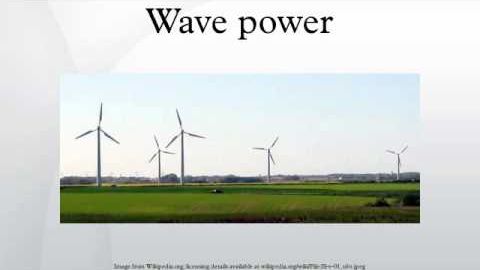
Subtitles & vocabulary
Video vocabulary
farm
US /fɑ:rm/
・
UK /fɑ:m/
- Noun (Countable/Uncountable)
- Land used for growing crops or raising animals
- Verb (Transitive/Intransitive)
- To use land for raising plants or animals for food
A1
More wind
US /wɪnd/
・
UK /wɪnd/
- Noun (Countable/Uncountable)
- A current of air moving approximately horizontally, especially one strong enough to be felt
- Something that has influence
- Intransitive Verb
- If a road, path, or river winds, it follows a route that turns repeatedly in different directions
A1
More sea
US /si:/
・
UK /si:/
- Noun (Countable/Uncountable)
- Very large group of people, similar-looking things
- Large body of salty water with land around it
A1
More water
US /ˈwɔtɚ, ˈwɑtɚ/
・
UK /'wɔ:tə(r)/
- Uncountable Noun
- Clear liquid that forms the seas, rivers and rain
- Large area such as an ocean or sea
- Intransitive Verb
- (Of the eyes) to produce tears
- (Mouth) to become wet at the thought of nice food
A1
More Use Energy
Unlock All Vocabulary
Unlock pronunciation, explanations, and filters
